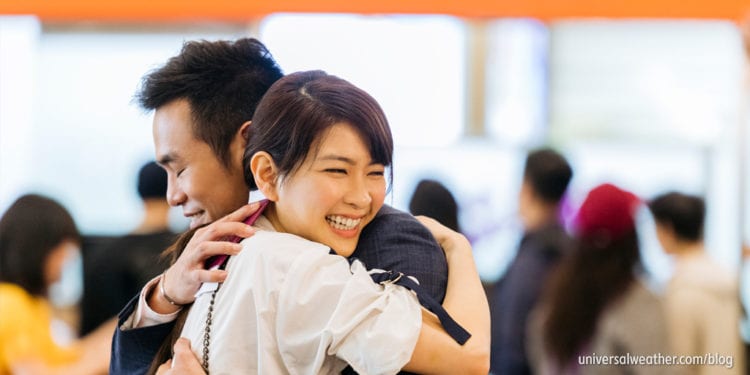STILL FLYING: A Story of Repatriating a Stranded Citizen

While news headlines focus on the decline of international travel, it’s important to remember that many essential and critical missions are still being conducted by the general and business aviation communities. Many of these missions save lives or reunite people with their loved ones. During a crisis like COVID-19, our industry shines.
We were recently asked to support a mission to repatriate a Chinese citizen stranded in Australia. Due to the short-notice nature of the trip and the myriad of nuanced restrictions we had to comply with, this was not an ordinary or easy mission.
The operator first asked us if its own aircraft could fly from China to Sydney to pick up the passenger. Because of Australia’s restrictions, we shared our concerns that the Chinese crew could be quarantined upon arrival in Australia.
With that option no longer viable, the operator decided to charter an aircraft. Due to the demand, charter broker prices were astronomically higher than usual. Using our network of contacts, we contacted one of our clients, a Falcon jet operator, who was willing to make the trip at an affordable rate. However, there was one big caveat – the flight could not land in mainland China. This meant we would need to find a suitable location to do a wing-to-wing transfer.
At this point, the mission became a truly global effort. All of our Universal Aviation ground handling offices in Southeast Asia—China, Hong Kong, Japan, South Korea, Thailand, Singapore, and the Philippines—began exploring potential strategies. It didn’t take long to rule out the Philippines, Thailand, and Singapore due to their restrictions.
Finally, a viable plan was hatched.
The Falcon Jet would fly to Sydney to pick up the pax. It would then fly to Darwin to overnight. This allowed the crew to meet its duty hour limitations before flying to Hong Kong. Meanwhile, the client’s own aircraft would fly from China to Hong Kong to meet them. By coordinating this perfectly, we could complete the transfer and avoid either crew from facing quarantine when they returned home.
The plan was beginning to take shape, but several challenges remained. By this point, it was now Friday evening, and the flight was scheduled to depart Saturday afternoon.
The first and most pressing challenge was the matter of payment for the charter. Most charters will not operate until payment has been received. Even if the payment was wired immediately, it wouldn’t arrive until Monday. Fortunately, based on our relationship, the charter operator accepted the deal as agreed.
The next challenge was securing an overflight for the Philippines, which usually requires 72 hours. Our team in the Philippines worked tirelessly over the weekend on the permit request and was able to secure it in 24 hours.
Finally, both aircraft were scheduled to land in Hong Kong on March 20, 2020. This was one of the busiest aviation days of the year in Hong Kong due to the number of private operators attempting to get home as quarantines set in around the world. At an already notoriously congested airport, our trip support Asia Operations Center was tasked with securing simultaneous slots and parking for two aircraft to coordinate the transfer.
Somehow, our Hong Kong team pulled it off, the transfer was made, and the customer made it home to China safely.
This mission, with its all of its moving parts, is an example of the types of complex coordination, ingenuity, and flexibility that missions may need in this current COVID-19 operating environment to be a success.
We are proud to be part of these stories of business aviation, helping the world in its time of need.




